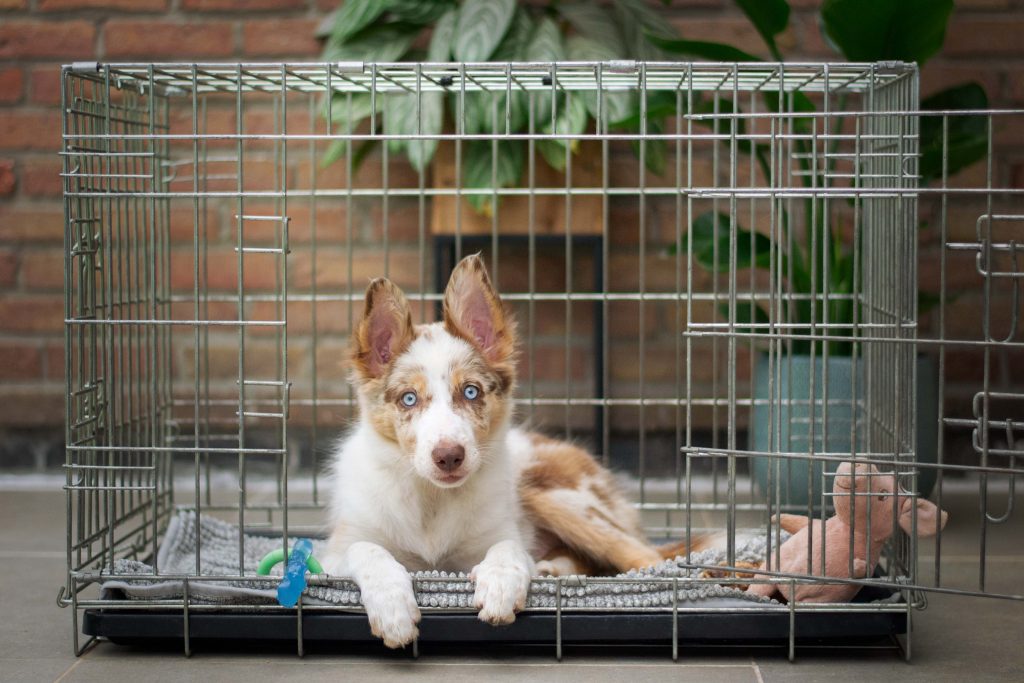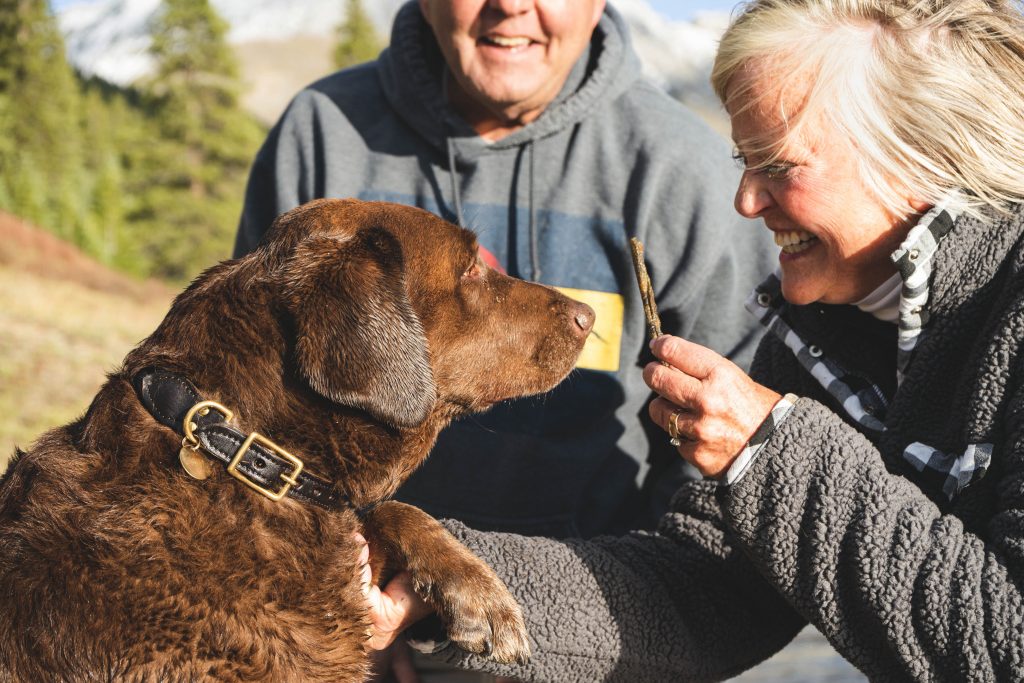These may include problems such as barking, chewing, digging, jumping, separation anxiety, and aggression. The blog post may aim to help dog owners understand the causes of these behavior problems and provide strategies for addressing and correcting them. The ultimate goal of the blog post may be to help dog owners have a better relationship with their pets and to improve the overall well-being and behavior of their dogs.
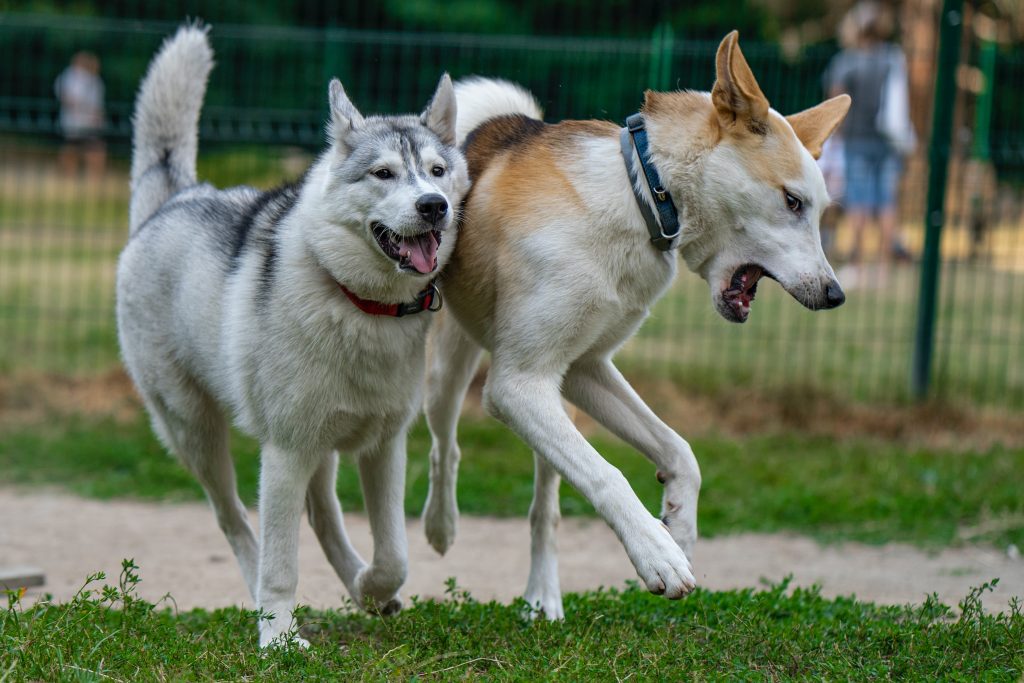
“The Most Common Dog Behavior Problems and How to Solve Them”
As a dog owner, it’s natural to want to have a well-behaved pet that you can be proud of. However, even the most well-trained dogs can sometimes exhibit unwanted behaviors that can be frustrating and difficult to manage. Some of the most common dog behavior problems including barking, chewing, digging, jumping, separation anxiety, and aggression. In this blog post, we’ll take a closer look at these behaviors and provide some strategies for solving them.
Barking in Dogs

Barking is a natural behavior for dogs, and it’s often used as a way for them to communicate with their owners and other dogs. However, excessive barking can be a problem for both dog owners and their neighbors. If your dog is barking excessively, it’s important to identify the cause of the barking and work to address it. Some common reasons for barking include boredom, hunger, thirst, discomfort, or the need for attention.
To stop your dog from barking excessively, you can try the following strategies:
- Provide plenty of mental and physical stimulation: Dogs need plenty of exercise, playtime, and mental stimulation to keep them happy and healthy. Make sure your dog is getting enough walks, playtime, and training sessions to keep them engaged and satisfied.
- Use positive reinforcement: Reward your dog for not barking with treats, praise, or toys. This will help teach them that being quiet is a good thing.
- Ignore the barking: If your dog is barking for attention, it’s important to ignore them until they stop barking. This will teach them that barking is not a good way to get your attention.
- Use a no-bark collar: If your dog’s barking is severe and other strategies aren’t working, you may want to consider using a no-bark collar. These collars use a mild shock or spray of citronella to deter barking.
Chewing in Dogs
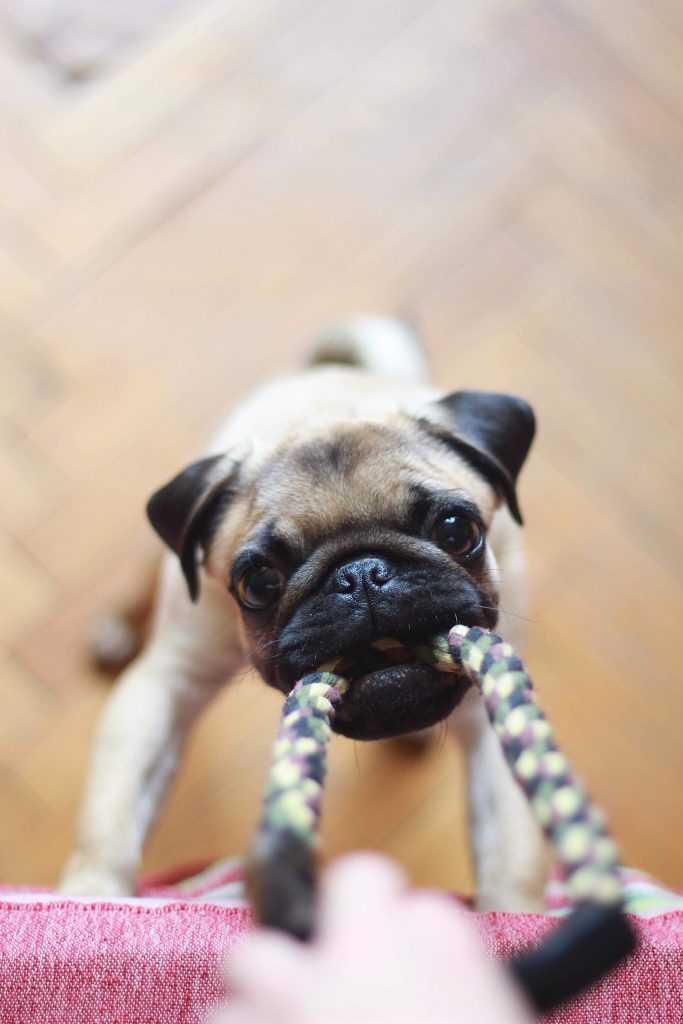
Chewing is a natural behavior for dogs, and it’s important for keeping their teeth and jaws strong and healthy. However, excessive chewing can cause damage to your home or personal belongings. If your dog is chewing excessively, it’s important to identify the cause and work to address it. Some common reasons for chewing include boredom, teething, or the need for attention.
To stop your dog from chewing excessively, you can try the following strategies:
- Provide plenty of chew toys: Make sure your dog has plenty of safe, appropriate chew toys to keep them occupied. This will help redirect their chewing to more appropriate objects.
- Use positive reinforcement: Reward your dog for not chewing with treats, praise, or toys. This will help teach them that chewing on appropriate objects is a good thing.
- Use a bitter apple spray: Bitter apple spray can be applied to objects you don’t want your dog to chew on. The unpleasant taste will help discourage chewing.
- Use a crate: If your dog is chewing when you’re not home, consider using a crate to keep them safe and prevent them from accessing inappropriate objects.
Digging in Dogs

Digging is another natural behavior for dogs, but it can be a problem if your dog is digging up your garden or yard. If your dog is digging excessively, it’s important to identify the cause and work to address it. Some common reasons for digging include boredom, the desire to bury or retrieve objects, or the need to cool off.
To stop your dog from digging excessively, you can try the following strategies:
- Provide plenty of mental and physical stimulation: Make sure your dog is getting enough exercise, playtime, and training sessions to keep them engaged and satisfied. This can help reduce the desire to dig.
- Create a designated digging area: If you have a specific area where you don’t mind your dog digging, consider creating a designated digging area for them. You can fill this area with sand or dirt and bury toys or treats for your dog to find.
- Use positive reinforcement: Reward your dog for not digging with treats, praise, or toys. This will help teach them that digging in appropriate areas is a good thing.
- Use barriers: If your dog is digging in a specific area, consider using barriers such as fencing or landscaping to block off that area.
Jumping in Dogs
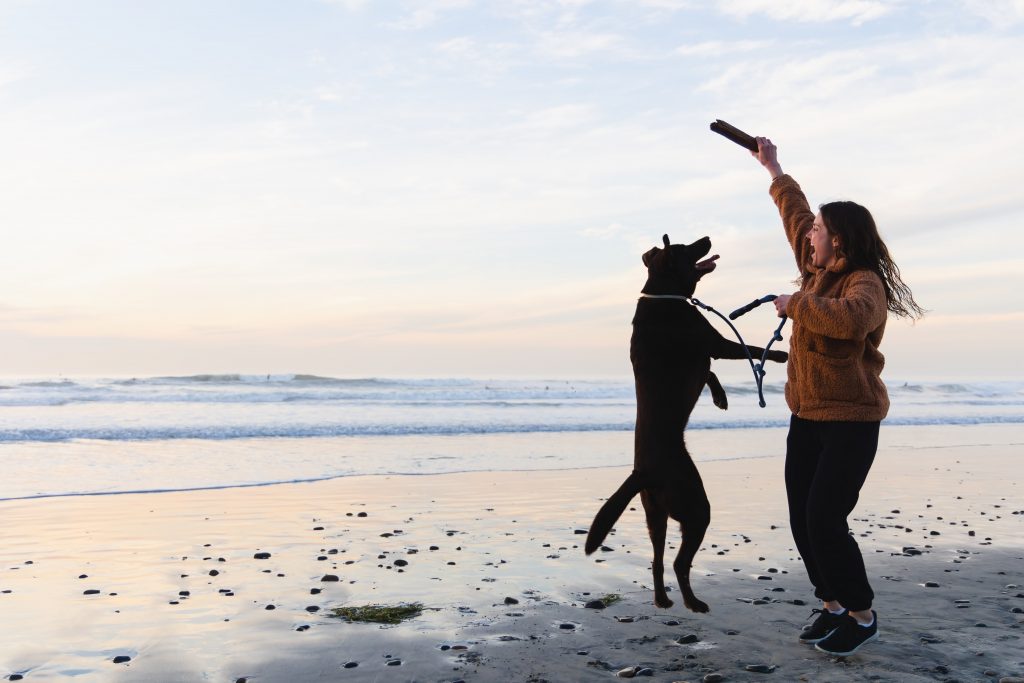
Jumping can be a cute behavior when your dog is a puppy, but it can become a problem as they grow older and become more powerful. If your dog is jumping excessively, it’s important to teach them to greet people calmly and politely.
To stop your dog from jumping excessively, you can try the following strategies:
- Train your dog to sit and stay on command: This will give you a way to ask your dog to settle down and be calm, even when there are visitors around.
- Use a leash to control your dog’s behavior: When you have guests over, keep your dog on a leash so you can intervene if they start to jump.
- Ignore the jumping behavior: When your dog jumps on a guest, turn your back and ignore them. This sends the message that jumping is not a good way to get attention.
- Reward good behavior: When your dog is behaving well and not jumping on guests, be sure to praise them and give them treats as a reward.
- Practice good manners: Encourage your guests to ignore your dog when they are jumping and to only pet them when they are sitting calmly.
Separation Anxiety in Dogs

Separation anxiety can be a serious problem for some dogs, and it can manifest in behaviors such as excessive barking, whining, or destructive behavior when left alone. If your dog is exhibiting separation anxiety, it’s important to work with a professional trainer or behaviorist to develop a plan to address the issue.
To help reduce separation anxiety in your dog, you can try the following strategies:
- Gradually increase the time you spend away from your dog: Start by leaving your dog alone for short periods of time, gradually increasing the duration as they become more comfortable.
- Provide plenty of mental and physical stimulation: Make sure your dog is getting enough exercise, playtime, and training sessions to keep them engaged and satisfied. This can help reduce the anxiety they feel when left alone.
- Use a crate: A crate can provide your dog with a sense of security and familiarity when you’re not home.
- Use music or white noise: Playing music or white noise while you’re away can help drown out external sounds that may trigger your dog’s anxiety.
- Seek help from a professional: If your dog’s separation anxiety is severe or if you are having difficulty addressing the issue on your own, consider seeking help from a professional dog trainer or behaviorist. They can provide you with additional strategies and support to help reduce your dog’s separation anxiety.
Aggression in Dogs
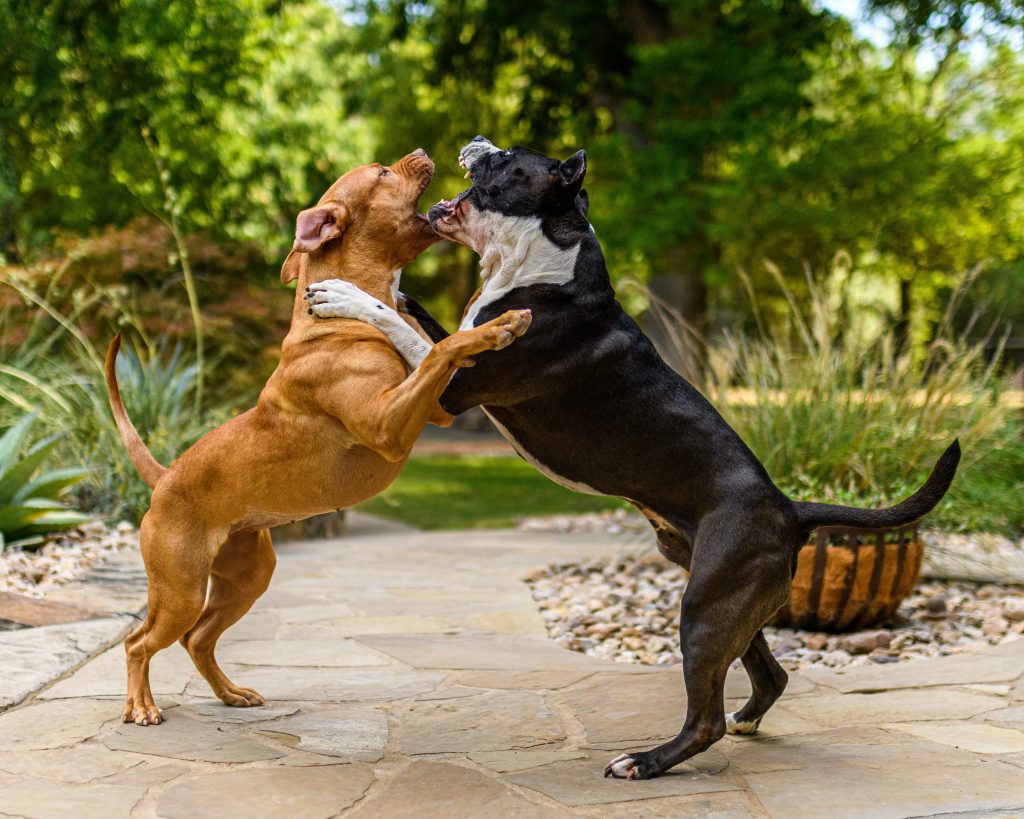
Aggression is a serious behavior issue in dogs, and it’s important to address it as soon as possible to prevent any harm to people or other animals. If your dog is exhibiting aggressive behavior, it’s important to work with a professional trainer or behaviorist to develop a plan to address the issue.
To help reduce aggression in your dog, you can try the following strategies:
- Identify the triggers for the aggression: It’s important to understand what is causing your dog’s aggressive behavior in order to effectively address it. Common triggers for aggression include fear, pain, possessiveness, and dominance.
- Seek help from a professional: It’s important to work with a professional trainer or behaviorist if your dog is exhibiting aggressive behavior. They can assess the situation and provide you with a customized plan to address the issue.
- Use positive reinforcement: Reward your dog for calm, non-aggressive behavior with treats, praise, or toys. This will help teach them that non-aggressive behavior is a good thing.
- Use a leash to control your dog’s behavior: When you’re in public, keep your dog on a leash to help control its behavior and prevent any aggressive incidents.
- Manage your dog’s environment: Make sure your dog is not in situations where they feel threatened or provoked. This can help reduce the likelihood of aggressive behavior.
Conclusion
Dogs can exhibit a variety of behavior problems, but with patience, consistent training, and help from a professional, it’s possible to address and solve these issues. By understanding the causes of common dog behavior problems and using the strategies outlined above, you can help your dog become a well-behaved and happy pet.
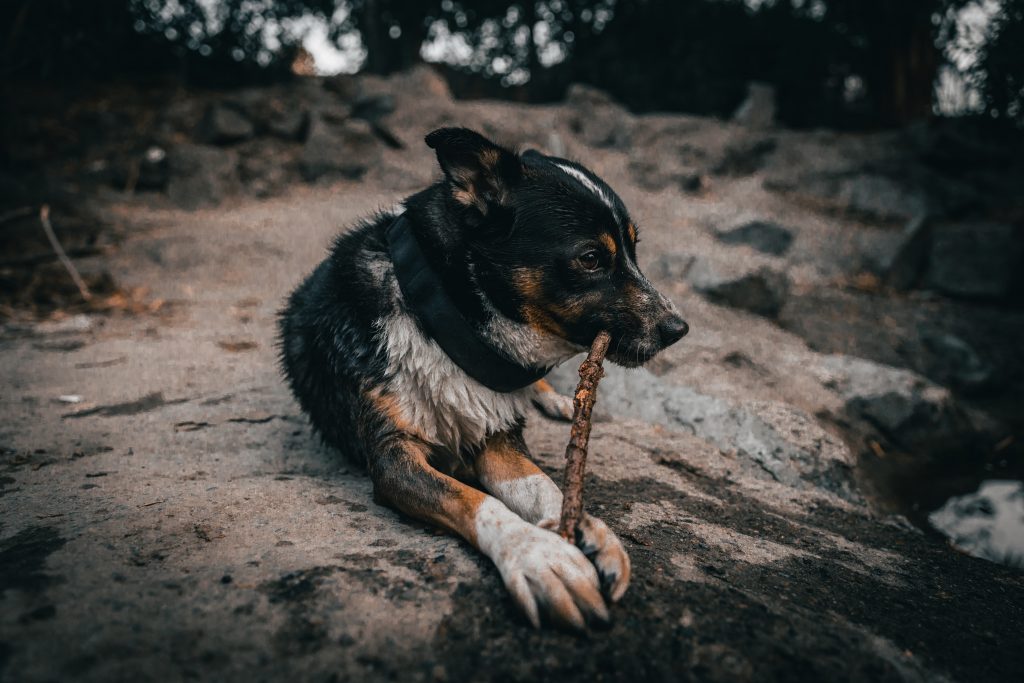
Frequently Asked Questions
What are the most common dog behavior problems?
Some of the most common dog behavior problems including barking, chewing, digging, jumping, separation anxiety, and aggression.
Why do dogs bark excessively?
Dogs may bark excessively for a variety of reasons, including boredom, hunger, thirst, discomfort, or the need for attention.
How can I stop my dog from chewing on inappropriate objects?
To stop a dog from chewing on inappropriate objects, you can provide plenty of chew toys, use positive reinforcement, apply a bitter apple spray to objects you don’t want them to chew on, or use a crate to keep them safe and prevent access to inappropriate objects.
How do I stop my dog from digging up my yard?
To stop a dog from digging excessively, you can provide plenty of mental and physical stimulation, create a designated digging area, use positive reinforcement, or use barriers such as fencing or landscaping to block off the area where they are digging.
How can I teach my dog to greet people politely without jumping on them?
To teach a dog to greet people politely without jumping on them, you can train them to sit and stay on command, use a leash to control their behavior, ignore the jumping behavior, reward good behavior, and encourage guests to ignore the jumping and only pet the dog when they are sitting calmly.
What is separation anxiety in dogs and how can it be addressed?
Separation anxiety in dogs is a condition in which a dog becomes anxious or panicked when left alone. It can be addressed through gradually increasing the time the dog is left alone, providing plenty of mental and physical stimulation, using a crate, playing music or white noise while the dog is alone, and seeking help from a professional trainer or behaviorist.
How do I know if my dog is exhibiting aggressive behavior and what can I do about it?
Aggressive behavior in dogs can include growling, snapping, or biting. It’s important to seek help from a professional trainer or behaviorist if your dog is exhibiting aggressive behavior. Strategies to help reduce aggression in dogs include identifying the triggers for the aggression, seeking help from a professional, using positive reinforcement, using a leash to control the dog’s behavior, and managing the dog’s environment to avoid situations that may trigger aggressive behavior.
How can I provide my dog with enough mental and physical stimulation to prevent behavior problems?
To provide a dog with enough mental and physical stimulation to prevent behavior problems, you can make sure they are getting enough exercise, playtime, and training sessions. You can also provide them with interactive toys and puzzles to keep them engaged and satisfied.
What strategies can I use to reward my dog for good behavior?
To reward a dog for good behavior, you can use treats, praise, toys, or other rewards that the dog enjoys. It’s important to consistently reward good behavior to help reinforce it.
How can I seek help from a professional dog trainer or behaviorist if I’m having difficulty addressing my dog’s behavior problems on my own?
If you’re having difficulty addressing your dog’s behavior problems on your own, you can seek help from a professional dog trainer or behaviorist. They can provide you with additional strategies and support to help solve your dog’s behavior issues. It’s important to remember that addressing behavior problems can take time and patience, and it’s important to be consistent and persistent in your training efforts.


